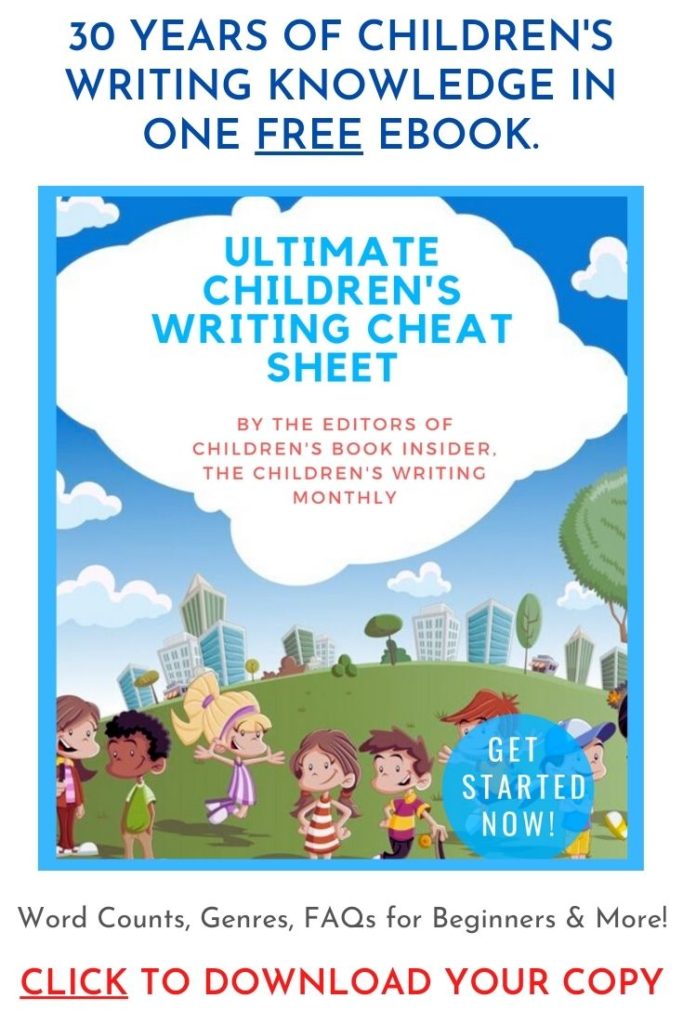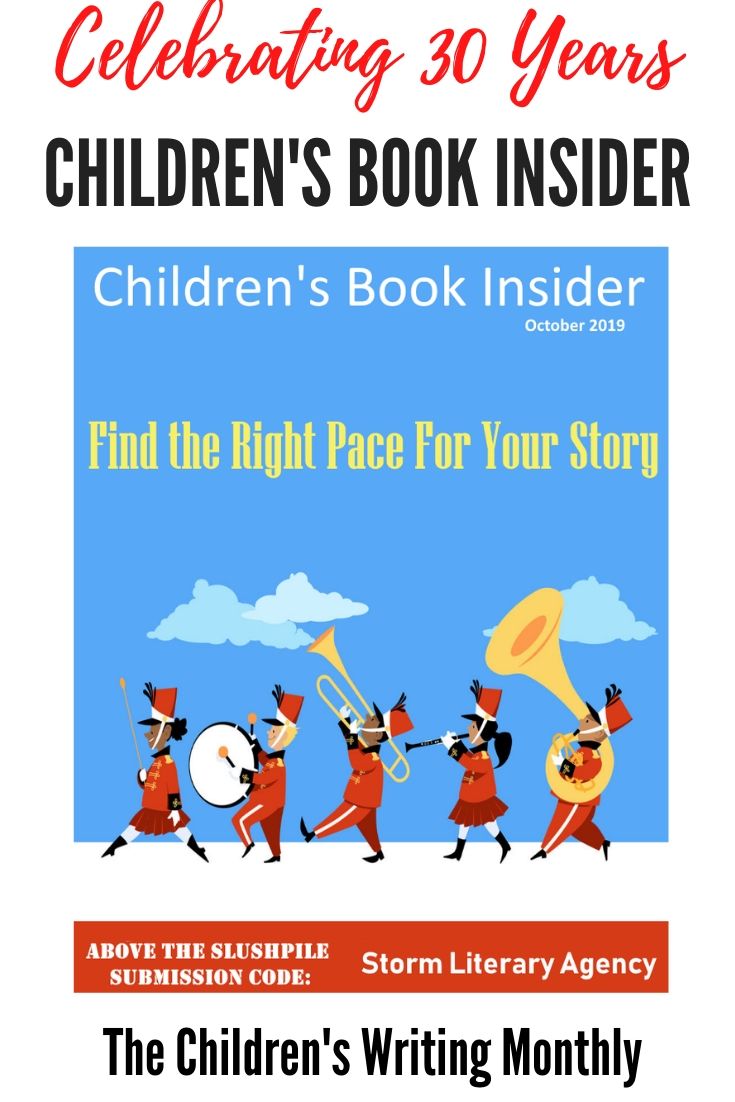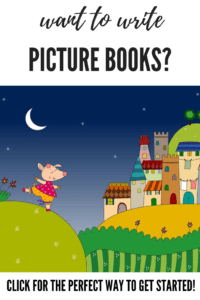
by Jane Choate
What is new adult fiction?
New adult fiction bridges the gap between young adult and adult books. It typically features protagonists between the ages of 18 and 26. The label was first used in 2009 when St. Martin’s Press hosted a contest looking for stories that could be marketed to both young adult and adult readers. The contest described for new adult fiction as books “with protagonists who are slightly older than YA and can appeal to an adult audience.” Put simply, new adult is the age category after YA.
New adult fiction books concentrate on issues such as leaving home, developing sexuality, suffering with chemical depression, coming of age (both legally and emotionally), and wading through a myriad of choices in education and career. The genre has gained popularity rapidly over the last few years, particularly through books by self-published and bestselling authors like Jamie McGuire, Colleen Hoover, Darlene Gardner, Megan Abbott, and Cora Carmack The term has now become widely accepted with most traditional publishers now publishing new adult books and Goodreads, Amazon and Kobo adding it as an official cateory. Entangled Publishing has developed its own NA imprint, Embrace, while Random House had also launched an NA imprint, the digital-only Flirt. Other publishers are marketing the books under their adult or YA imprints.
The chief features that distinguish this category from YA fiction are the perspective of the main character and the scope of his/her life experiences. Parents with kids of this age know that there is a vast difference between a new high school graduate who is barely 18 and a home-for-the-summer 19-year-old who has just returned from two semesters of college.
This difference has less to do with chronological age and more to do with the greater feelings of independence and selfreliance. At the same time, these characters are struggling to find their own place in the world. They question the attitudes and values with which they were raised and are finding out for themselves what they believe, not just what their parents told them to believe.
New adult fiction works to capture the perspective gained as the cares and concerns of childhood fade and life experience is gained, which brings (we hope) greater insight and widom. Characters of this age are building their own lives. They may be living away from home for the first time and handling such problems as dealing with supporting themselves financially, balancing checkbooks, finding themselves overdrawn on their credit cards, and other life experiences.
Another major difference between young adult and new adult fiction is that of content in terms of sexually explicit language, and more mature situations such as suicide, alcoholism, and drug abuse. Though some YA books have dealt with these issues in the past, NA books take a different viewpoint with the characters facing and owning up to poor decisions and their long-term consequences.
Not every NA book will have such content, but many do and make no apologies for it. Other potentially controversial subjects include date rape and sexual assault.
Lighter topics are also addressed such as looking for a first apartment, dealing with roommates, and even finding the perfect wedding planner. No subject is offlimits, whether it be light and whimsical or darker and more serious. Like any fiction, the new adult genre can have crossovers, combining with science fiction, fantasy, romance, historical, mystery, or suspense.
If you have a manuscript featuring an 18 – 26 year old main character who is struggling to find his own identity and growing in self-awareness, consider the new adult market. Editors and agents alike, not to mention readers, are actively seeking new authors who can engage them and speak their language.





